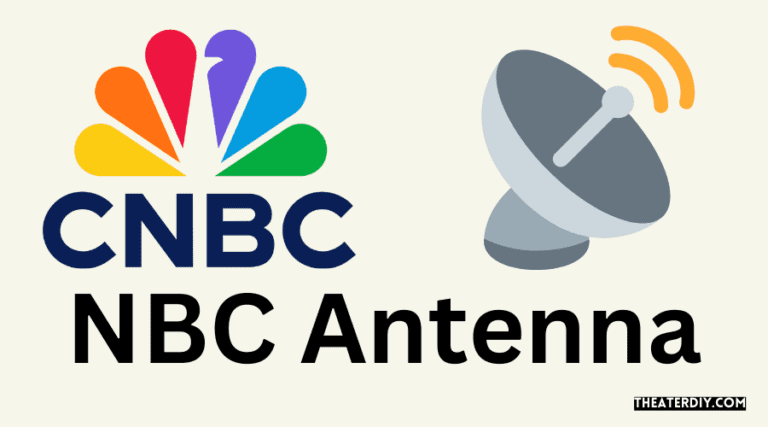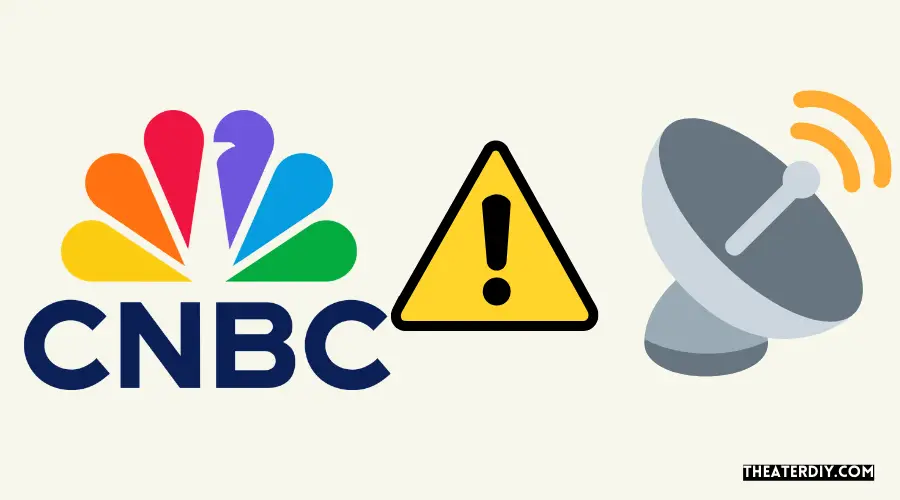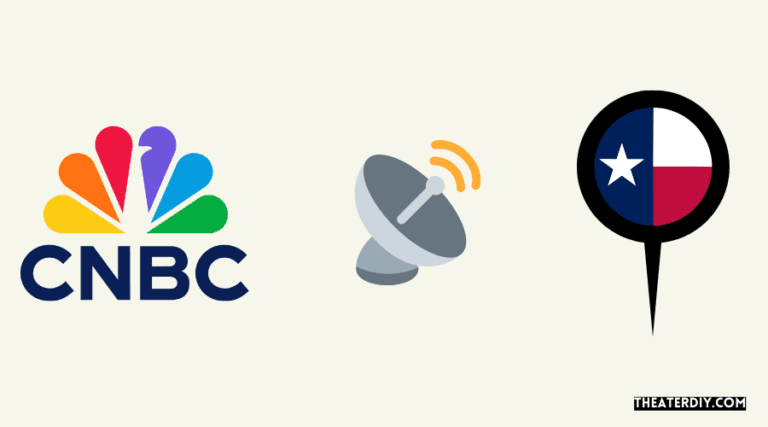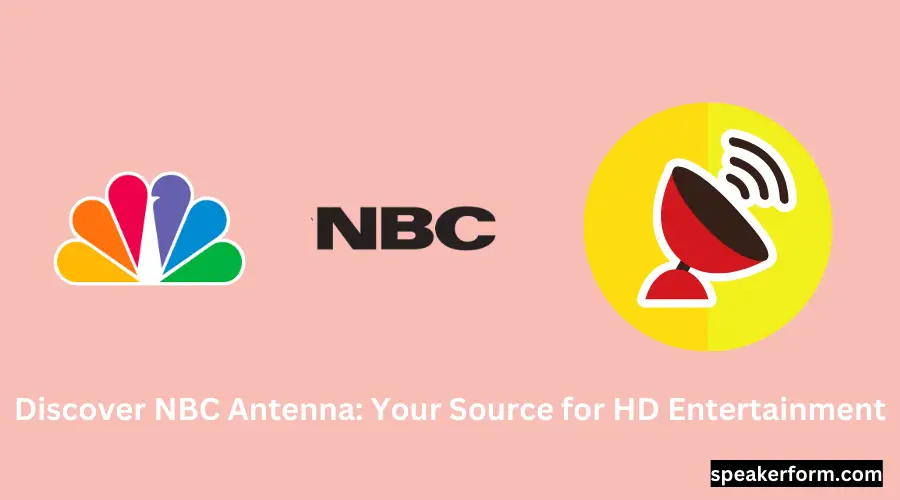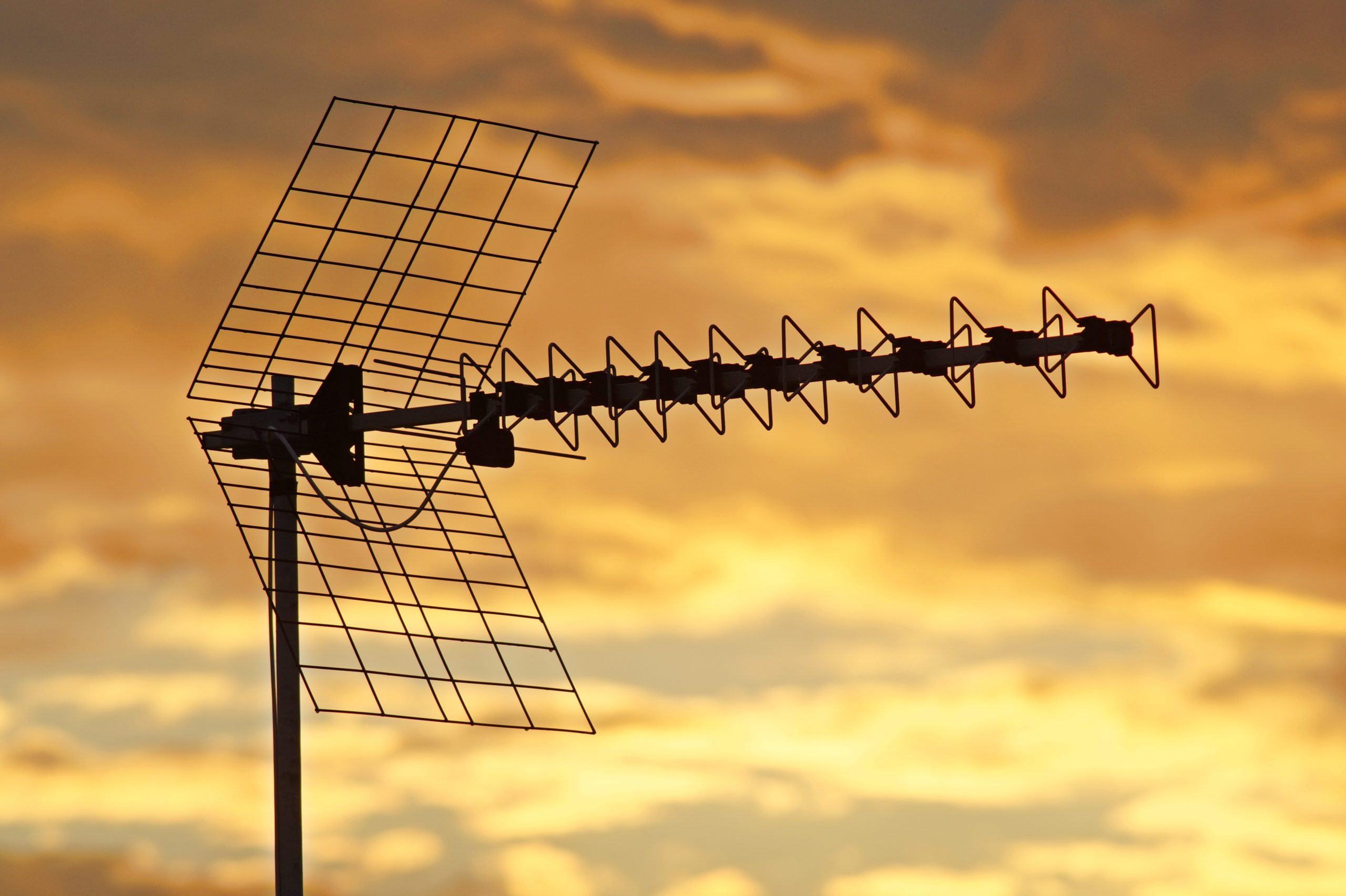Can You Get Nbc On Antenna

Imagine settling into your favorite armchair, a steaming mug warming your hands, ready to catch the premiere of that new sitcom everyone's been buzzing about. But instead of reaching for the remote to navigate through countless streaming menus, you simply switch on your TV, no internet required, just the crisp, clear picture of broadcast television. Is this nostalgic dream a reality, or just a wishful throwback to simpler times? The answer, as with many things these days, is a bit more nuanced than a simple yes or no.
This article explores whether you can access NBC using a traditional over-the-air (OTA) antenna. It will also delve into the factors influencing reception, the benefits of using an antenna, and how to determine if your local NBC affiliate is broadcasting a signal you can receive.
The Allure of Free, Over-the-Air TV
In an era dominated by streaming services, the idea of accessing free television with a simple antenna seems almost revolutionary. The charm of OTA broadcasting is rooted in its simplicity and cost-effectiveness. No monthly subscriptions, no contracts, just free, high-definition television accessible with a one-time investment in an antenna.
But can you actually get NBC this way? The short answer is: possibly. NBC, like many major networks, has local affiliates across the country that broadcast their signal over the airwaves. Whether you can receive it depends on several factors.
Understanding Local Affiliates and Broadcast Signals
NBC operates through a network of local affiliate stations. These stations are independently owned and operated, but they carry NBC programming. They also broadcast their own local news, weather, and other content.
This is crucial because it means that accessing NBC via antenna depends entirely on whether your local NBC affiliate is broadcasting a digital signal that your antenna can pick up. The strength and reach of that signal, in turn, is influenced by your location, the power of the broadcast tower, and any obstructions in the signal's path.
Factors Affecting Antenna Reception
Several factors contribute to the success or failure of receiving OTA signals. Distance from the broadcast towers is a primary consideration. The farther you are, the weaker the signal will be.
Obstructions such as buildings, trees, and hills can also impede the signal. These can create "dead zones" where reception is poor or non-existent. The type of antenna you use plays a significant role as well.
There are two main types of antennas: indoor and outdoor. Indoor antennas are generally easier to install, but they are less powerful and more susceptible to interference. Outdoor antennas, especially those mounted on rooftops, offer better reception, but require more effort to install.
How to Find Out if You Can Get NBC
Fortunately, there are several resources available to help you determine if you can receive NBC via antenna. The Federal Communications Commission (FCC) provides a free online tool that allows you to enter your address and see a list of available channels in your area.
Website like AntennaWeb.org offer similar services, providing detailed information on signal strength and the location of broadcast towers. These resources can help you choose the right type of antenna and optimize its placement for the best possible reception.
Another option is to ask your neighbors. If they are successfully receiving NBC or other local channels with an antenna, that's a good sign that you can too.
Steps to Maximize Your Chances
Once you've determined that your local NBC affiliate is broadcasting a signal you can potentially receive, there are steps you can take to improve your chances. Start by choosing the right antenna.
If you live relatively close to the broadcast towers and have a clear line of sight, an indoor antenna may suffice. However, if you're farther away or have obstructions in the way, an outdoor antenna is recommended.
Experiment with antenna placement. Even a small adjustment can make a big difference in signal strength. Try placing the antenna near a window or on an exterior wall. If using an outdoor antenna, try aiming it in different directions to see which position provides the best reception.
The Benefits of Over-the-Air TV
Beyond the obvious benefit of free television, OTA broadcasting offers several other advantages. The picture quality is often superior to what you get with cable or satellite. Because the signal is not compressed, the image is sharper and more detailed.
OTA broadcasting is also more reliable during emergencies. Cable and satellite services can be disrupted by power outages or severe weather. But OTA signals are often still available, providing access to important news and information when you need it most. And don't forget local news!
Finally, using an antenna is a more sustainable option. Streaming services consume a significant amount of energy, contributing to carbon emissions. OTA broadcasting is a more energy-efficient way to watch television.
The Future of OTA Broadcasting
While streaming services continue to dominate the entertainment landscape, OTA broadcasting is not going away. In fact, it is experiencing a resurgence in popularity, particularly among cord-cutters who are looking for affordable alternatives to cable and satellite.
The development of ATSC 3.0, also known as NextGen TV, promises to further enhance the OTA experience. This new broadcast standard offers improved picture and sound quality, as well as interactive features and mobile capabilities. It will allow broadcasters to deliver targeted advertising and personalized content, creating new opportunities for revenue generation.
ATSC 3.0 may also facilitate more efficient use of the broadcast spectrum, allowing for the transmission of more channels and data. This technology is gradually being rolled out across the country, and it has the potential to revitalize OTA broadcasting and make it even more attractive to consumers.
In conclusion, the ability to receive NBC on an antenna is certainly possible, but contingent on factors like location and signal strength. By understanding these factors, utilizing available resources, and optimizing antenna placement, you can increase your chances of enjoying free, high-definition television. Whether it's catching the latest episode of your favorite show or staying informed during a local news broadcast, the simple act of tuning in to over-the-air TV can be a rewarding and cost-effective experience.

